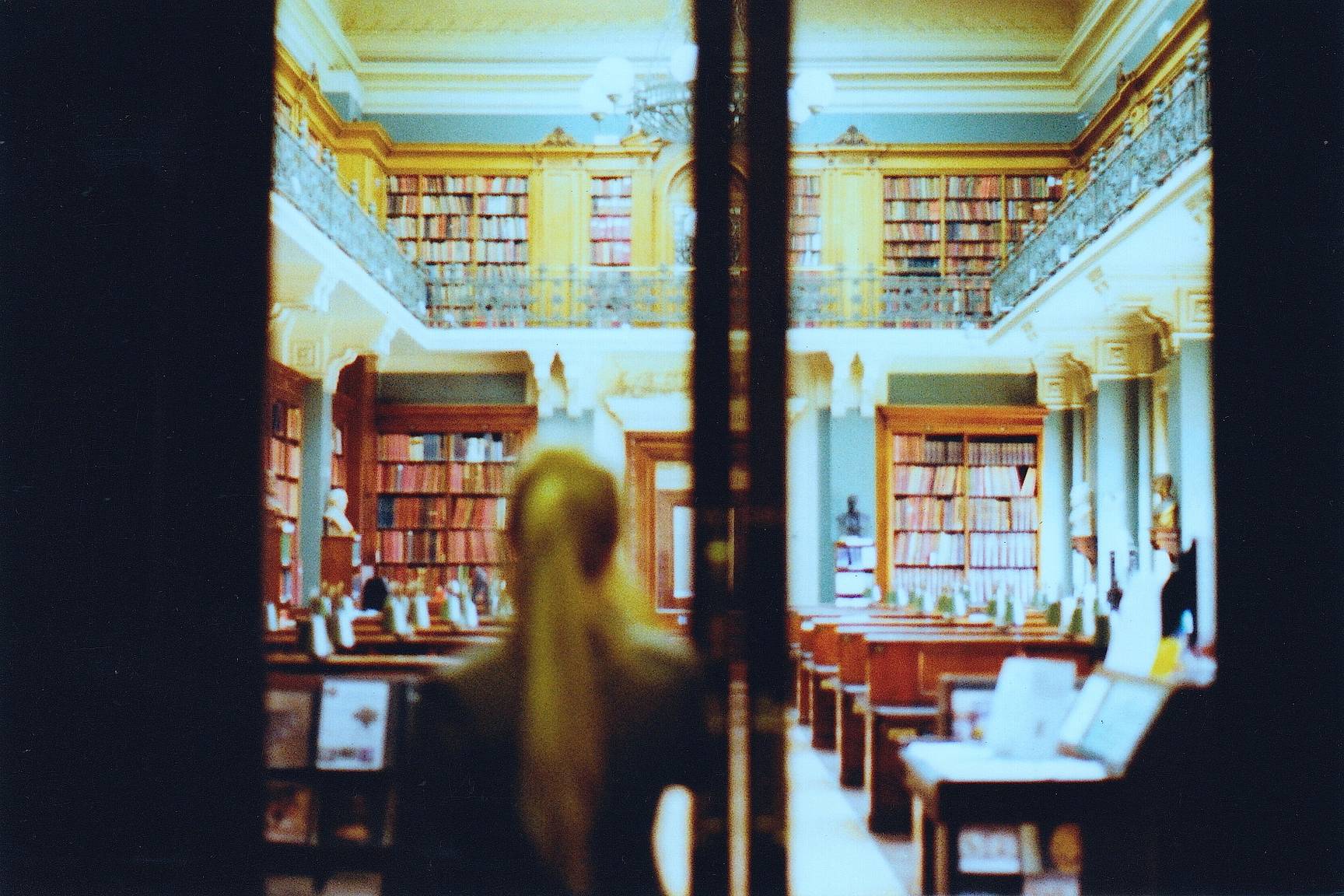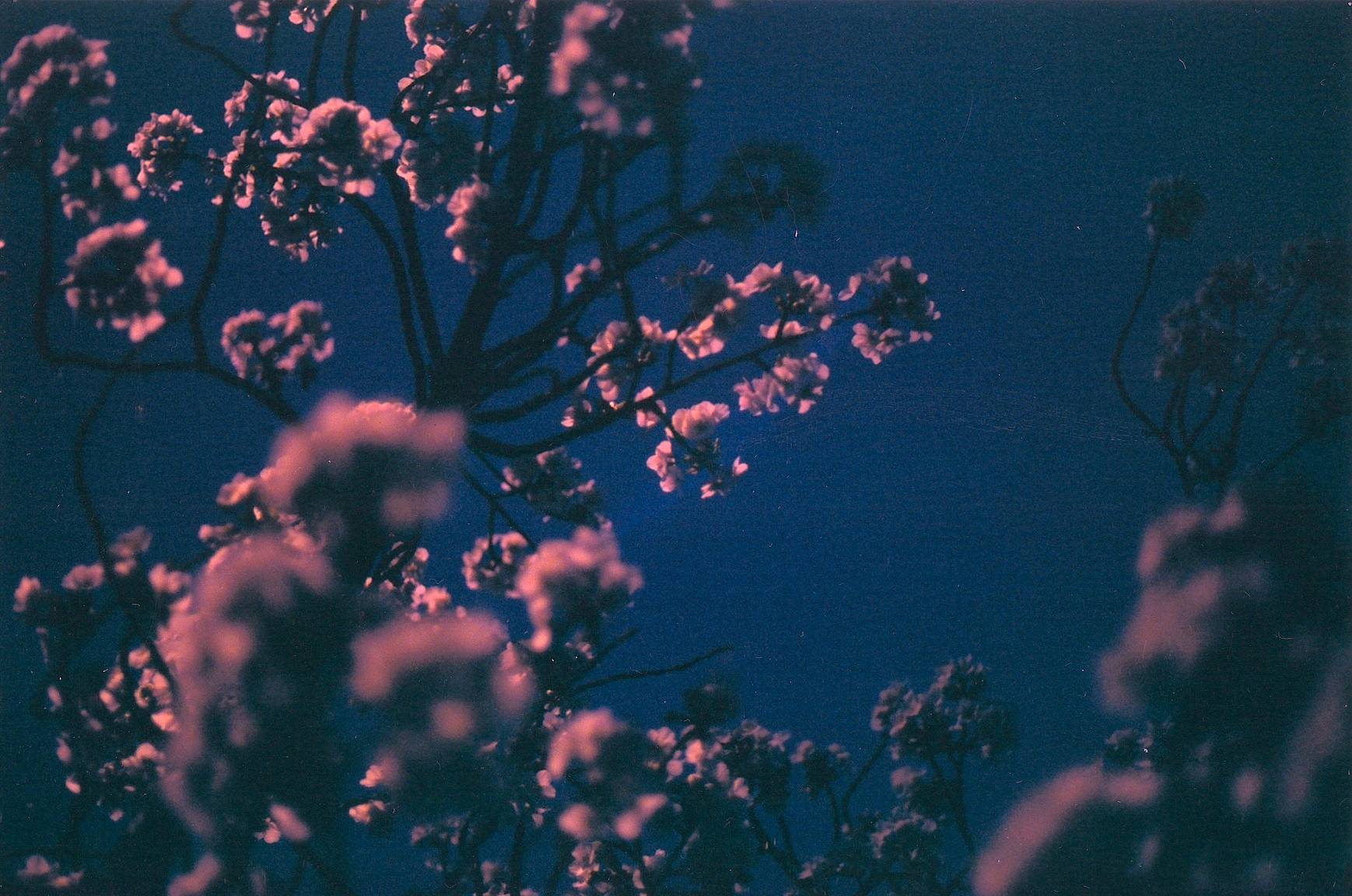Portraiture in Reverse: a Candid Study of Toby Harvard
3 24 Share TweetEverything about a person can be read upon the sight of his face — the squint of eyes, turn of lips or raise of brows immediately paint one’s feelings like an open book; but these elements are shrouded in English photographer Toby Harvard’s portraiture.
Read our exclusive interview with Toby here.

Hi Toby! First things first, we noticed a lot of details about your body of work. Though varying in terms of vivacity of color and aesthetics, your photographs seem to have a certain subtlety, softness and nice blending of hues without losing liveliness. May you share with us how you ‘create’ the settings and such, to achieve this style? What film/s and camera/s do you use?
I point and shoot and hope a decent picture comes out. My technical knowledge is minimal, so it’s a lot of experimenting and fiddling with settings and probably doing things completely wrong. As for equipment: at the moment I’m using a Pentax k1000 fitted with the lens from an old Pentacon Six medium format camera. I use mainly 800iso film.

Another thing we notice is you often like to take photographs of people’s backs, facing either a blurred landscape or scenery, or towards nothingness. Is there an in-depth reason behind this?
I often have recurring dreams about a man I only ever see from behind. There’s something mysterious and haunting and uncertain about it.
Additionally, the tradition in portraiture is to take the front of the person. To you, do you think there’s also an identity being portrayed in a photograph of a person’s back?
I think it lets the viewer use their imagination. You can wonder who this person is, what they look like, what their story is. Portraits including people’s faces seem to give too much away, if that makes sense.
You also work around the several genres of photography — from landscape, street, portraiture, etc. Which among the genres are you must comfortable with? What about the most challenging genre for you?
I love street photography and candid shots of strangers going about their business. People’s expressions are fascinating when they don’t know they’re being photographed. Although that type of covert spur-of-the-moment shooting is very difficult with film, manual focus 50mm lenses etc. I’ve recently been working with models more, and am adjusting to the more deliberate, considered framing and lighting that that entails. I like to keep trying new things.
What are the places do you like to photograph? Why?
New York, Hong Kong and a place called Polignano in Italy are my favourite places to shoot. I suppose they’re just very photogenic places with a cinematic mythical ambiance.

Do you follow a certain art principle? May you tell us what and why?
Not that much thought goes into it, to be honest.
What/whom are your creative heroes and muses?
The late Harris Savides was a brilliant cinematographer, and his work really inspired me growing up — there was a real atmosphere to his imagery. And then I saw him in the National Portrait Gallery in London, just browsing around. I was too shy to go up and talk to him. And then sadly he died. I really regret not saying something…
I follow some great photographers on Instagram though. At the moment I’m heavily into Lexie Alley and Leon Antonio James.
May you share with us a memorable experience you had as a photographer?
I was experimenting with time-lapse night shots in the hills above Los Angeles a few years ago. On my way back down the hill I was stalked and generally harangued by a mountain lion. I suppose you could call that fairly memorable.
What about your most challenging experience in analogue photography?
Because my technical knowledge is limited and you have to wait to get your photos developed, there’s a lot of uncertainty with film photography. But that’s also part of the fun.
We also learned you’re working in cinema too, especially in the film “The Greasy Strangler”. What was your role there and how was the experience?
Yes, I wrote The Greasy Strangler with my friend Jim. We decided to write the most ridiculously weird disgusting alienating movie, sort of knowing it would never get made. But then Andy Starke, Ben Wheatley, Elijah Wood, Ant Timpson and Drafthouse Films read it and loved it and somehow it got made. The whole experience was surreal, and it’s fun seeing people freak out about it.

And lastly, what’s next for you in the arts?
I’d love to keep exploring screenwriting, if possible. And of course continue experimenting with film photography.
If you liked our interview with Toby, read our feature article or visit his Flickr, Tumblr and Instagram for the latest updates of his work and oeuvre. Images used are with permission from Toby Harvard.
written by Ciel Hernandez on 2016-07-23 #people #street-photography #portraits #portraiture #toby-harvard































3 Comments